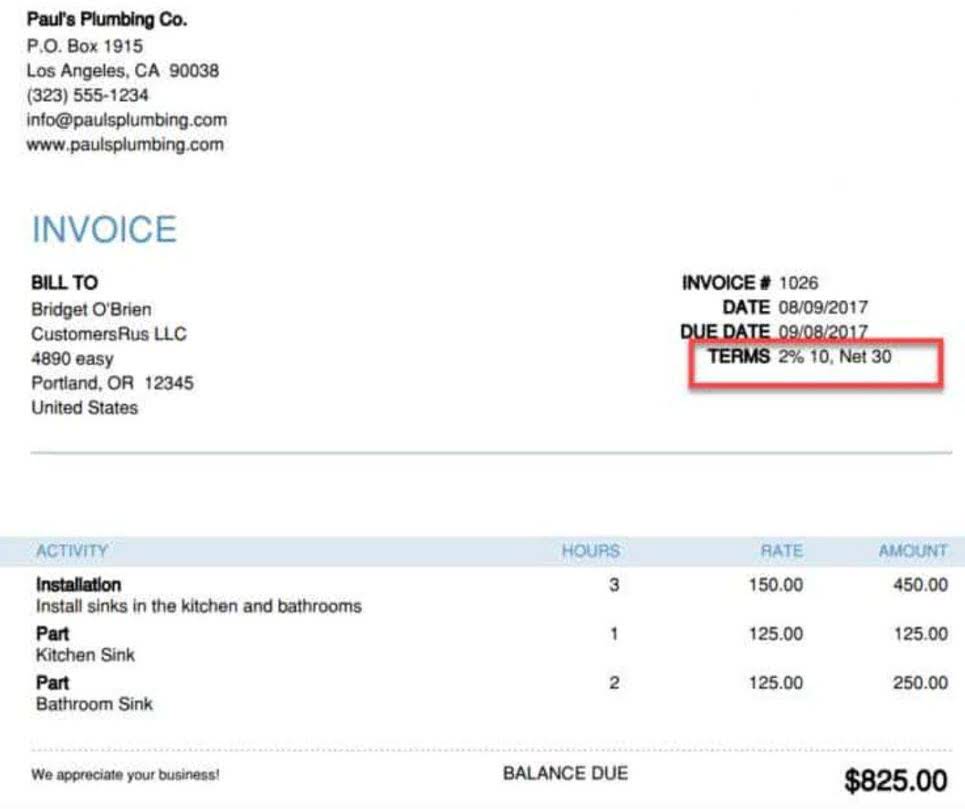Construction in Progress Capital Asset Categories- Reporting Requirements for Annual Financial Reports
Content

Overall, utilizing a software with accounting integration can help to improve the speed and accuracy of your reports. The accounting for construction in progress for such businesses is a little bit complicated. Construction-in-progress (CIP) accounting is the process accountants use to track the costs related to fixed-asset construction. Because construction projects necessitate a wide range of prices, CIP accounts keep construction assets separate from the rest of a company’s balance sheet until the project is complete. The IAS 11 construction contract is a comprehensive document dictating the complete accounting for construction in progress. A construction contract is a specific contract negotiated to build a fixed asset or group of interrelated assets.
Fixed assets under construction represent Construction in Progress (CIP) and are recorded in a similar named general ledger account. They remain in such an account until the assets are put in service, at which time the costs of the assets are transferred into respective property, plant and equipment accounts. The Financial https://www.bookstime.com/bookkeeping-services Accounting Standards Board (FASB) defines Construction in Progress (CIP) as the cost of construction work being undertaken on a long-term asset that is not yet ready for its intended use. Companies that don’t track CIP costs accurately and separately make their records more complicated than they need to be.
Challenges of CIP Accounting
In addition to this content, she has written business-related articles for sites like Sweet Frivolity, Alliance Worldwide Investigative Group, Bloom Co and Spent. In addition, contractors must pay attention to ASC 606 new revenue recognition standards. Construction companies keep their construction-in-progress accounts open for longer than needed to keep their assets value high and misrepresent profits. That’s why it is better to track projects undergoing construction separately on a different balance sheet until completion. However, it is easier said than done, as managing a single balance sheet is no child’s play, and handling more than one only makes the task almost undoable.
It represents the accumulated costs of ongoing construction projects that are not yet completed. Once expenses are recorded, they need to be allocated to the appropriate asset account. cip accounting It is categorized under “Property, Plant, and Equipment” or “Fixed Assets.” The costs are usually accumulated in a separate CIP account until the construction project is completed.
Is Construction In Progress Accounting Difficult?
Lenders providing permanent financing base the loan value on the balance shown in the CIP account. Therefore, companies must practice diligence in accounting for any and all expenses tied to a particular construction project. In addition, the new asset’s balance matches the CIP balance plus any additional financing and closing costs attached to the permanent financing. The construction in progress balance reflects the sum of all the invoices received from all the parties involved in constructing the building. This includes the architect, feasibility study consultants, surveyors, general contractor, construction manager, and utility companies that directly bill the company.
- After the construction has been completed, the relevant building, plant, or equipment account is debited with the same amount as construction in progress.
- It involves the management of financial transactions related to the construction of long-term assets, such as buildings and infrastructure.
- Under the IAS 11.8, if a construction contract relates to building two or more assets, each asset will be treated as a separate contract if specific conditions are fulfilled.
- Company ABC would now start to depreciate the equipment since the project finished.
- Project managers can use CIP information to evaluate project performance, identify potential cost overruns, and make adjustments to stay on track.
The CIP balance also includes land acquisition costs and legal fees directly tied to purchasing the property or negotiating construction and related agreements. Environmental impact fees and permit fees also appear in the CIP balance, as do any bonding costs. Managing construction-in-progress accounts is relatively more complicated than managing other business accounts. Firstly, a construction company does double-entry bookkeeping, as it is the approved method of tracking finances in the industry.
Related to CIP Accounts Receivable
However, preparing accurate reports is not simple for construction companies whose work-in-progress assets are unique. Amid the construction progress, these assets are not usable as they require months or years for completion, complicating bookkeeping. Given this, construction companies should delegate their finances to experts, to teams like Monily with the capacity and knowledge to manage multiple balance sheets simultaneously. Construction in progress accounting is also a prime target for auditors due to the length of time the account can be left open. Because companies can store costs under the account for extended periods of time, they can avoid depreciation, therefore reports could have profits listed at a higher value than they really are. The article is to help you have a clear understanding of how to do accounting treatment of construction in progress in financial statements of a business.

Once the assets are in a functional state, you can then transfer expenses for those assets to the proper fixed asset account to track future costs. The fixed assets like building space, warehouse, plant manufacturing, etc., can take years. A company can leave the financial statements blank for all times when work was in progress. It will violate the accrual principle to record some million revenues at the end of the construction.
Are there any tax implications for CIP?
In this method, the number of units manufactured is divided by the total number of units to be manufactured. The most common capital costs include material, labor, FOH, Freight expenses, interest on construction loans, etc. Under the IAS 11.8, if a construction contract relates to building two or more assets, each asset will be treated as a separate contract if specific conditions are fulfilled. The IAS 11.9 regulates the treatment of two or more assets’ construction as a single contract if they are negotiated as one contract. CIP plays a crucial role in project management by providing real-time data on costs and progress.
- With NetSuite, you go live in a predictable timeframe — smart, stepped implementations begin with sales and span the entire customer lifecycle, so there’s continuity from sales to services to support.
- It is crucial to record the expenditures in the accounting period in which they took place.
- There is no depreciation of the accumulated costs until the project is completed and the asset is placed into service.
- Laura has worked in a wide variety of industries throughout her working life, including retail sales, logistics, merchandising, food service quick-serve and casual dining, janitorial, and more.
- One thing to understand is that only capital costs related to an asset under construction are to be kept in the CIP account.




